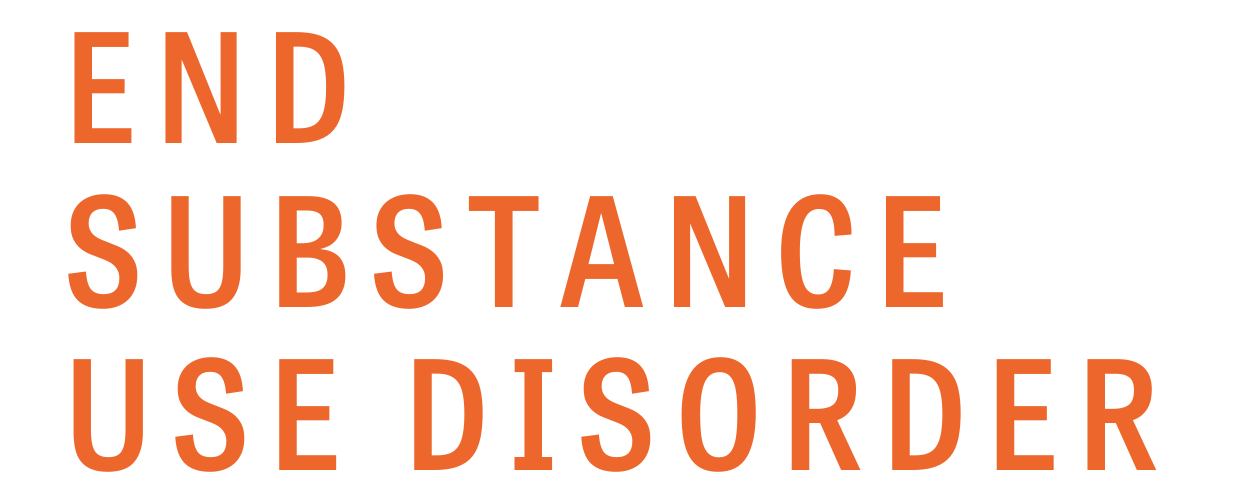Research & Policy
The Mainstreaming Addiction Treatment Act: Reducing costs.
Overview
The opioid epidemic costs the United States over $1 trillion dollars per year.
In addition, the federal government spends millions of taxpayer dollars to persuade medical providers to seek federal approval to prescribe buprenorphine for opioid use disorder.
Buprenorphine is one of the most cost-effective treatments for opioid disorder.
Medications for opioid use disorder can save $25,000 to $105,000 per person treated.
The Mainstreaming Addiction Treatment Act will reduce costs associated with opioid use disorder by increasing participation in treatment, decreasing healthcare usage, reducing engagement with the criminal justice system, and preventing overdose deaths.
Problem
The opioid epidemic costs the United States over $1 trillion dollars per year.1
CDC, The economic burden of opioid use disorder and fatal opioid overdose in the United States, 2017 (2020), https://bit.ly/3rrWoI1 (“Costs for opioid use disorder and fatal opioid overdose in 2017 were estimated to be $1.02 trillion. The majority of the economic burden is due to reduced quality of life from opioid use disorder and the value of life lost due to fatal opioid overdose.”).
2
Nat’l Acad. of Sciences, Engineering, and Medicine (“NASEM”), Consensus Study Report: Medications for Opioid Use Disorder Save Lives, Nat’l Acad. Press, at 17 (2019) https://bit.ly/2QCfgXZ (“The socioeconomic consequences of the opioid epidemic are also proliferating in the form of health care costs, loss of productivity, and criminal involvement.”).
3
See, e.g., SAMHSA, SAMHSA is announcing the availability of up to $10.8 million for the Providers Clinical Support System – Universities program (June 4, 2018), https://bit.ly/39cjI5U (“The purpose of this program is to expand/enhance access to medication-assisted treatment (MAT) services for persons with an opioid use disorder (OUD) seeking or receiving MAT through ensuring the education and training of students in the medical, physician assistant and nurse practitioner fields. This program’s focus is to ensure students fulfill the training requirements needed to obtain a Drug Addiction Treatment Act (DATA) waiver to prescribe buprenorphine in office-based settings. The desired outcomes include: 1) an increase in the number of individuals completing the training requirements for the DATA waiver; 2) an increase the number of individuals with a DATA waiver; and 3) an ultimate increase in the provision of MAT.”).
Solution
The Mainstreaming Addiction Treatment Act will reduce costs associated with opioid use disorder by increasing participation in treatment, decreasing healthcare usage, reducing engagement with the criminal justice system, and preventing overdose deaths.4
Nat’l Acad. of Sciences, Engineering, and Medicine (“NASEM”), Consensus Study Report: Medications for Opioid Use Disorder Save Lives, Nat’l Acad. Press, at 18 (2019) https://bit.ly/2QCfgXZ (“Large systematic reviews and randomized controlled trials have demonstrated that treatment with either methadone or buprenorphine is associated with an array of positive outcomes, including fewer fatal overdose deaths, better treatment retention rates, lower rates of other opioid use, less injection drug use, reduced transmission of HIV infections, improved social functioning, decreased engagement in criminal activity, and lower rates of neonatal abstinence syndrome.”); SAMHSA, TIP 63 (2020), at 1-7, https://bit.ly/3u4rozx (“Counseling plus buprenorphine leads to significantly lower healthcare costs than little or no treatment among commercially insured patients with OUD. Treatment with any of the three OUD medi¬cations this TIP covers led to lower healthcare usage and costs than treatment without medication in a study conducted in a large health plan.”).
5
SAMHSA, Treatment Improvement Protocol (TIP) 63: Medications for Opioid Use Disorder, at 1-7 (2020), https://bit.ly/3u4rozx (“Methadone and buprenorphine are more cost effective than OUD treatment without medication.”).
6
The Pew Charitable Trusts, The High Price of the Opioid Crisis (2021), https://bit.ly/398LTWm (“Improving access to evidence-based treatments for OUD has been associated with savings of $25,000 to $105,000 in lifetime costs per person.”).
7
SAMHSA, Treatment Improvement Protocol (TIP) 43: Medication-Assisted Treatment for Opioid Addiction in Opioid Treatment Programs, at 19 (2005), https://www.ncbi.nlm.nih.gov/books/NBK64164/ (“Treatment was cost beneficial to taxpayers, with the cost averaging $7 returned for every dollar invested.”).
